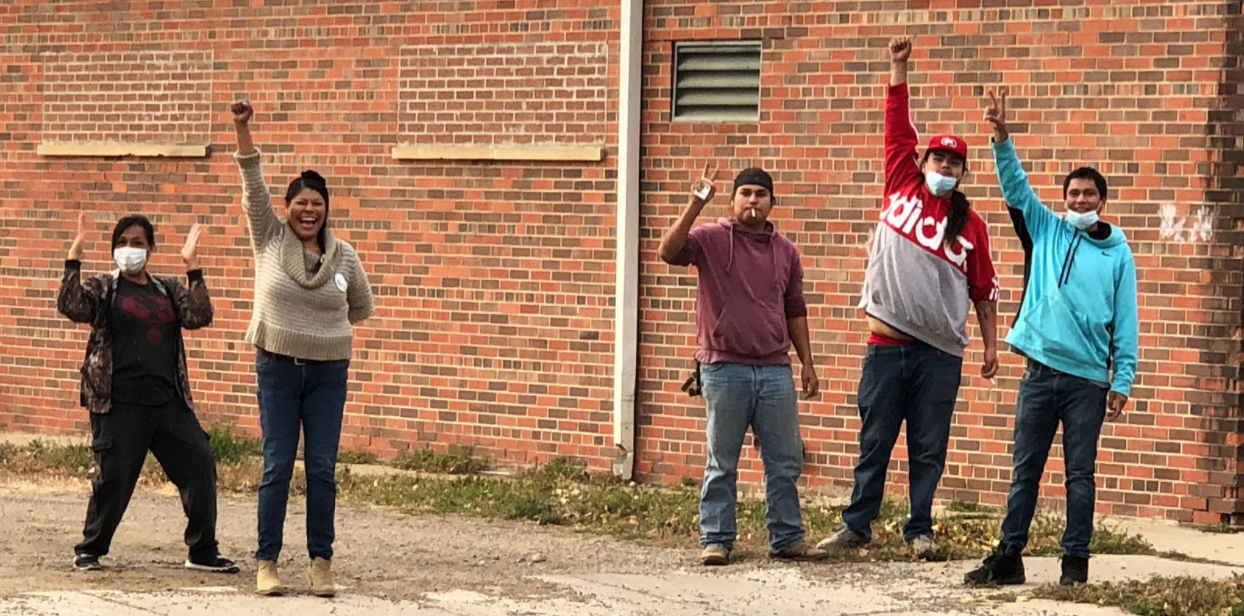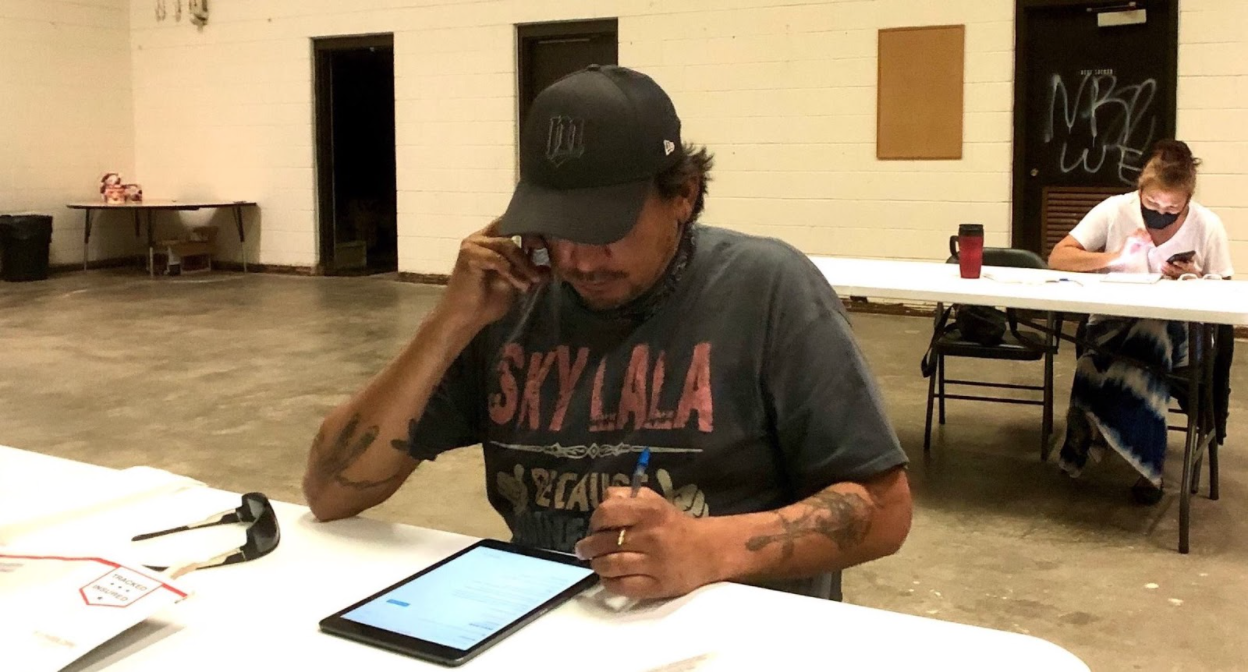
Joaqlin Estus
Oct 20, 2020
‘We refuse to endow legitimacy upon a process that has disregarded our input at every turn’
Joaqlin Estus
Indian Country Today
Five tribal nations of southeast Alaska are objecting to a federal agency decision that leaves the U.S. Forest Service poised to open 9 million acres in the Tongass National Forest to logging.
The federal agency recently recommended lifting a 2001 rule that bans new road construction and commercial logging in the Tongass, the country’s largest national forest at nearly 17 million acres.
The five Tlingit and Haida tribes say they’re deeply disappointed with the agency’s choice.
Last week, they sent a strongly worded letter to the U.S. secretary of agriculture and chief of the Forest Service opting out of “cooperating agency status,” which had allowed them to enter the planning process at the earliest stage and contribute to environmental analyses.
“After two years of consultations, meetings, providing input and commenting on drafts, the release of the Final Environmental Impact Statement shows that our participation in this process has not actually led to the incorporation of any of our concerns in the final decision,” the letter said. “We refuse to endow legitimacy upon a process that has disregarded our input at every turn.”
The tribes said they had differences among them on details of the alternatives laid out in the environmental impact statement, but they were unanimous on one point. “We were united in our opposition to a full exemption” of the Tongass from the so-called roadless rule.
Like this story? Support our work with a $5 or $10 contribution today. Contribute to the nonprofit Indian Country Today.

Proponents of Tongass logging say the rule change is needed to boost the Alaska economy. They say it would result in logging of only about 1 percent of the most valuable old growth forest, while still allowing other uses, including mining, renewable energy and recreation projects.
But the tribes said the agency’s selection reflects political expediency rather than the public or environmental best interests. It “closes the door to any further collaboration in the Alaska Roadless Rule process, as the agency has shown that they have no interest in addressing the concerns of our Tribes, and the public at large.”
The tribes said they are opting out of cooperative agency status because “we do not wish to confuse the American people into believing that the listing of our Tribes as cooperating agencies on the first page of the impact statement means that the final recommendation made by the document is in any way reflective of the input that we gave during the rulemaking process.”
They said they will not be party to a decision that will lead to the “degradation of our homelands and our way of life.”
The tribes added full exemption from the roadless rule does not provide solutions or contribute to prosperity.
Like this story? Support our work with a $5 or $10 contribution today. Contribute to the nonprofit Indian Country Today.
The Organized Village of Kasaan, Hydaburg Cooperative Association, Central Council of Tlingit and Haida Indian Tribes of Alaska, Hoonah Indian Association, and Angoon Community Association asked that an updated version of the environmental impact statement be released to reflect their withdrawal as cooperating agencies.
Under the Trump administration, a handful of large resource development proposals in Alaska have already received or appear to be on the verge of getting federal approval. All have been embroiled in controversy for years, most for decades. The proposed projects include the opening of 1.5 million acres for oil development in the Arctic National Wildlife Refuge, development of the nation’s largest copper mine in the fisheries-rich Bristol Bay region, and construction of a road through wilderness to the Ambler mining district.
The Forest Service will issue a final decision on the roadless rule in the Tongass sometime after Oct. 25.

Joaqlin Estus, Tlingit, is a national correspondent for Indian Country Today, and a long-time Alaska journalist.
Indian Country Today is a nonprofit news organization. Will you support our work? All of our content is free. There are no subscriptions or costs. And we have hired more Native journalists in the past year than any news organization ─ and with your help we will continue to grow and create career paths for our people. Support Indian Country Today for as little as $10.












 Our first team members feel the joy after a day of making a difference in the 2020 election.
Our first team members feel the joy after a day of making a difference in the 2020 election. Dana Yellow Fat works the phones to Standing Rock the Vote.
Dana Yellow Fat works the phones to Standing Rock the Vote.



